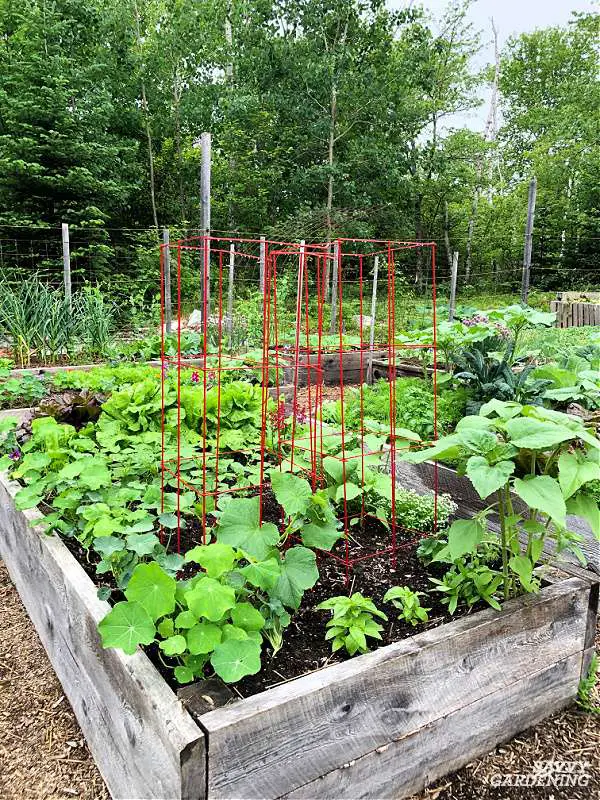Are you interested in off-grid living and gardening? In this article, we will explore the topic of raised beds and whether they are beneficial for plant growth. We will provide you with information and insights to help you better understand whether raised beds are a better option for your plants. So, if you’re curious about the advantages of raised beds and how they can enhance your gardening experience, keep reading to learn more.
Are Raised Beds Beneficial for Plant Growth?
Are raised beds better for plants? This is a question that many gardening enthusiasts ask themselves when considering different gardening methods. Raised beds have gained popularity in recent years due to their numerous advantages for plant growth. In this article, we will explore the benefits of raised beds and why they can be a practical and attractive solution for your gardening needs.
Improved Soil Drainage
One of the key benefits of raised beds is improved soil drainage. The elevated nature of the beds allows excess water to drain away more effectively, preventing waterlogged soil and root rot. This is especially beneficial for plants that prefer well-drained soil, such as herbs, vegetables, and flowers. By promoting better drainage, raised beds create a healthier environment for your plants to thrive.
Better Weed Control
Weeds can be a constant battle for gardeners, but raised beds can help minimize this problem. The elevated structure of the beds creates a physical barrier between your cultivated plants and the surrounding soil, making it more difficult for weeds to invade your garden. Additionally, raised beds can be filled with weed-free soil or compost, reducing the presence of weed seeds in the growing medium. This means less time spent on tedious weeding and more time enjoying your garden.
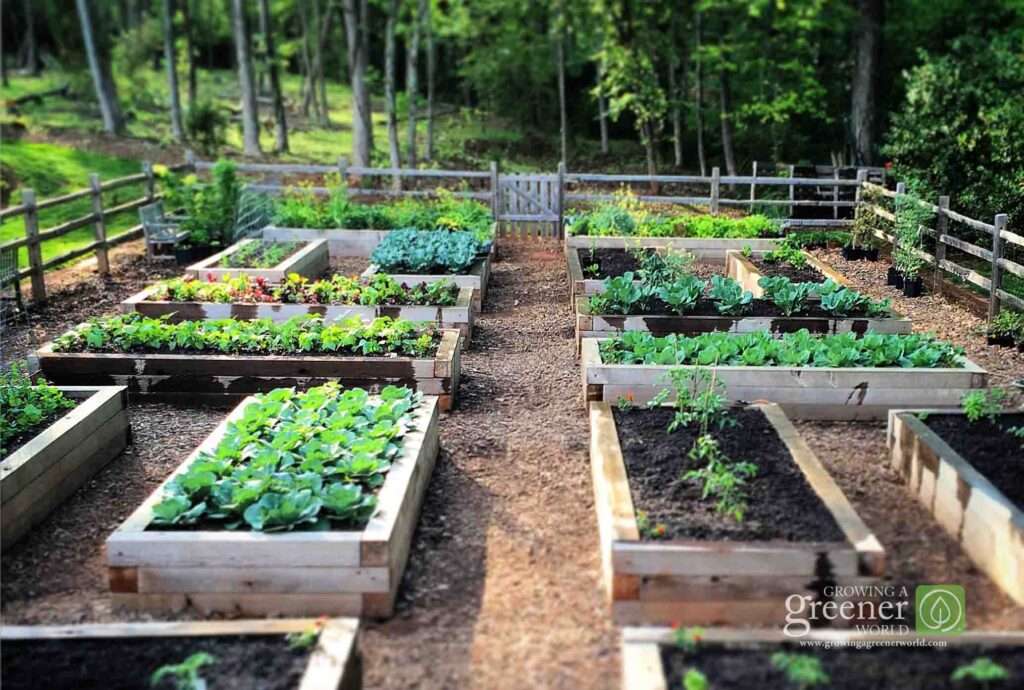
Enhanced Soil Warmth
If you live in an area with cooler temperatures or have a short growing season, raised beds can provide a solution. The raised design allows the sun to warm the soil more effectively, enabling earlier planting and extending the growing season. Warmer soil temperatures also benefit heat-loving plants, such as tomatoes and peppers, by creating an environment that is more conducive to their growth and productivity. With raised beds, you can maximize your garden’s potential and enjoy a wider variety of plants.
Reduced Soil Erosion
Soil erosion can be a concern, especially if you live in an area with sloping terrain or heavy rainfall. The raised structure of raised beds helps to prevent soil erosion by providing a barrier that holds the soil in place, even during heavy rain. This is particularly advantageous for gardens located on hillsides or in areas prone to erosion. By reducing soil erosion, raised beds help to maintain the integrity and structure of your soil, ensuring a healthy growing environment for your plants.
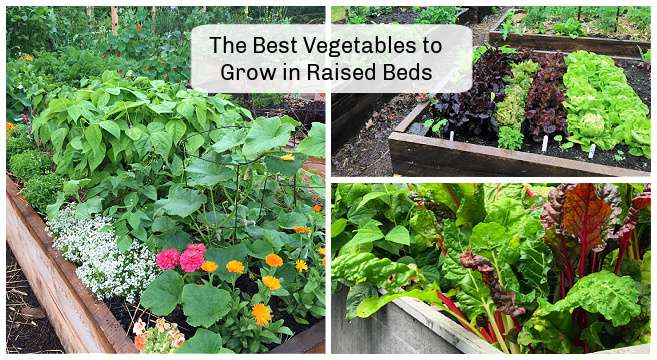
Increased Soil Quality
Another significant advantage of raised beds is the opportunity to improve soil quality. The soil used in raised beds can be carefully selected and amended to create an optimal growing medium for your plants. This means you can customize the soil to meet the specific needs of different crops, ensuring they receive the necessary nutrients and conditions for healthy growth. By starting with high-quality soil, you are setting yourself up for gardening success.
Loose and Aerated Soil
Raised beds promote loose and aerated soil, which is essential for root development and nutrient uptake. The soil in raised beds is not compacted by foot traffic, allowing plant roots to penetrate deeply and establish a strong root system. This enables plants to access more nutrients and water, leading to healthier growth and higher yields.
Improved Soil Fertility
The ability to amend the soil in raised beds also allows you to boost its fertility. By adding organic matter such as compost, manure, or worm castings, you can increase the nutrient content and overall fertility of the soil. This provides a nutrient-rich environment for your plants, ensuring they have everything they need to thrive. Additionally, raised beds retain fertility more effectively than traditional garden beds, reducing the need for frequent fertilization.
Better Nutrient Retention
Because raised beds have defined boundaries, the nutrients you add to the soil stay within the bed rather than leaching into surrounding areas. This means less waste and a more efficient use of nutrients, leading to healthier plants and less environmental impact. By retaining nutrients, raised beds help to maintain a balanced and sustainable growing environment.
Improved Plant Growth
In addition to improving soil quality, raised beds have a direct positive impact on plant growth. The combination of loose soil, enhanced drainage, and increased nutrient availability creates an optimal environment for plants to thrive.
Deeper Root Growth
The loose and aerated soil of raised beds allows plant roots to grow deeper and establish a stronger root system. This promotes healthier and more vigorous plant growth, as the roots can access a greater volume of soil for water and nutrient uptake. Deeper root growth also helps plants withstand drought conditions and increases their overall resilience.
Increased Oxygen Circulation
Proper oxygen circulation is essential for healthy plant growth. Raised beds, with their loose soil and improved drainage, promote increased oxygenation of the root zone. This oxygen-rich environment stimulates root development and allows plants to efficiently take up nutrients. As a result, plants in raised beds tend to grow faster and produce higher-quality crops.
Optimal Water Drainage
Overwatering is a common problem in traditional garden beds, leading to root rot and plant decline. Raised beds offer a solution by allowing excess water to drain away more effectively. The elevated structure of the beds helps prevent waterlogging, ensuring that your plants’ roots have access to the right amount of moisture. With optimal water drainage, you can avoid the pitfalls of overwatering and provide your plants with a healthy growing environment.
Enhanced Nutrient Uptake
With their improved soil quality and nutrient availability, raised beds promote enhanced nutrient uptake by plants. The customizability of the growing medium allows you to provide the specific nutrients your plants need, ensuring optimal growth and development. The higher nutrient levels in raised beds result in healthier, more productive plants that can produce abundant harvests.
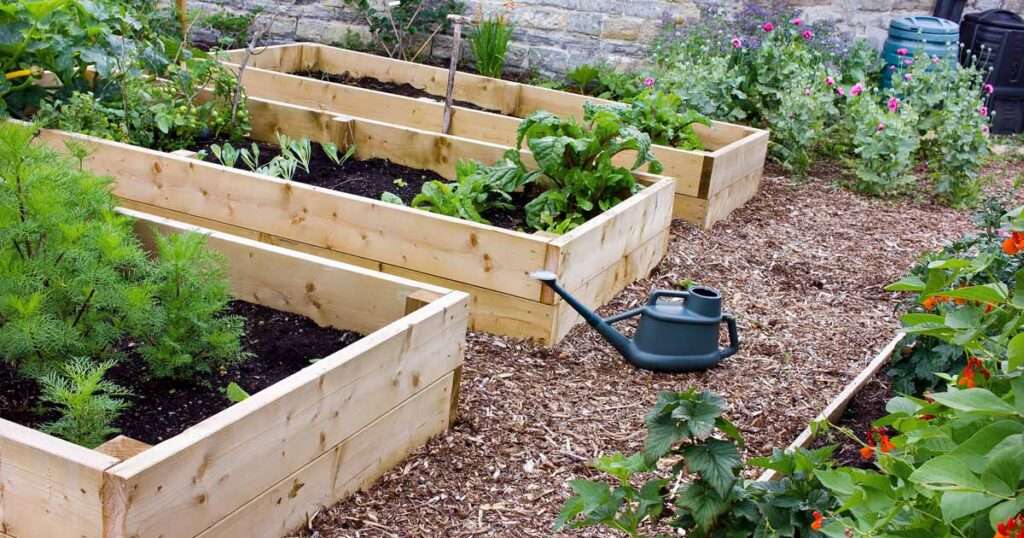
Pest and Disease Control
Garden pests and diseases can wreak havoc on your plants, but raised beds can help mitigate these issues. The elevated nature of raised beds can reduce the risk of pest infestation and make it easier to identify and treat any pests that do appear. This can be especially beneficial for crops susceptible to common garden pests, such as aphids or slugs.
Reduced Pest Infestation
Raised beds provide a physical barrier that makes it more difficult for pests to reach your plants. This can be particularly effective against ground-dwelling pests, such as snails or cutworms, as they have a harder time accessing your plants. Additionally, the elevated height of the beds can deter larger pests, such as rabbits or deer, from feeding on your garden.
Easier Identification and Treatment of Pests
Because raised beds are elevated, it is easier to spot pests when they appear. You can quickly identify any pest infestations and take immediate action to control them before they can cause significant damage. This proactive approach can help prevent the spread of pests to neighboring plants and save you from potential losses in your garden.
Minimized Soil-borne Diseases
Raised beds offer another advantage when it comes to disease control. By using fresh soil in your raised beds, you can minimize the risk of soil-borne diseases that may have affected your previous garden plants. Additionally, the improved drainage in raised beds reduces excess moisture, which can contribute to the development and spread of certain diseases. By creating a clean and disease-free growing environment, raised beds help to ensure the health and vitality of your plants.
Extended Growing Season
One of the most appealing benefits of raised beds is the ability to extend the growing season. Whether you live in an area with a short growing season or want to start planting earlier in the year, raised beds can help you maximize your garden’s productivity.
Warmer Soil Temperatures
Raised beds have a head start when it comes to warming up in the spring. The elevated structure allows the sun’s rays to penetrate the soil more effectively and warm it up faster. This means you can start planting your crops earlier, giving them a longer growing period and the potential for increased yields. Additionally, warmer soil temperatures promote faster seed germination and root establishment.
Protection from Frost
Raised beds can also provide protection against late spring or early fall frosts. By raising your plants off the ground, you reduce the risk of frost damage to tender young seedlings or sensitive crops. You can cover your raised beds with protective row covers or cloches to create a mini greenhouse effect and provide insulation against frost. This allows you to take advantage of the extended growing season and continue gardening even when the temperatures drop.
Earlier Planting and Harvesting
With their ability to warm up faster in the spring, raised beds allow you to plant certain crops earlier than you could in a traditional garden. This can be particularly advantageous for cool-season vegetables like lettuce, spinach, or peas, which prefer cooler temperatures for optimal growth. By getting a head start on the growing season, you can enjoy an earlier harvest and prolong your enjoyment of fresh homegrown produce.
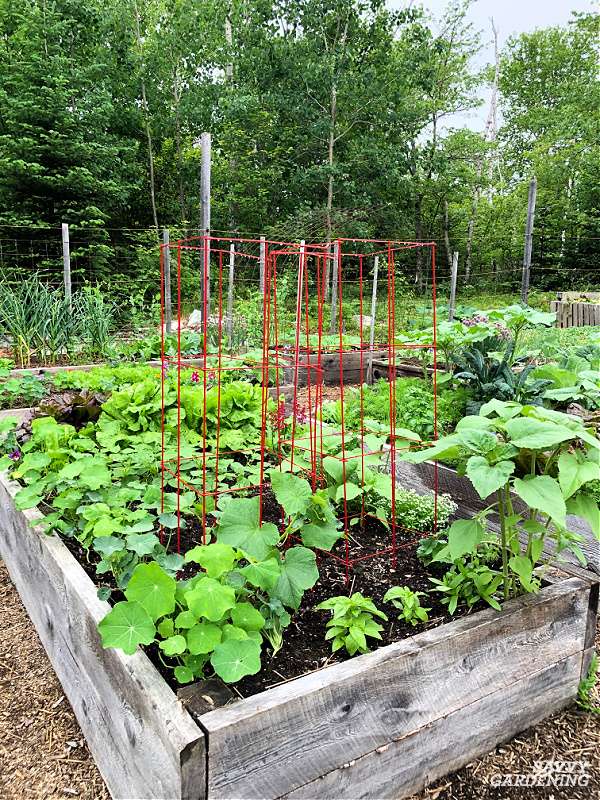
Accessibility and Ergonomics
Raised beds offer practical benefits beyond plant growth. Their design and structure make gardening more accessible and ergonomic, reducing strain on your body.
Easier Maintenance and Harvesting
The raised height of the beds in raised bed gardening significantly reduces the need for bending or stooping while tending to your plants. This makes maintenance tasks, such as weeding, pruning, or harvesting, much easier and more comfortable. Whether you have mobility issues, back problems, or simply want to make gardening more enjoyable, raised beds provide a solution that prioritizes your comfort and well-being.
Reduced Bending and Strain on the Body
Gardening can be physically demanding, especially when it requires bending or kneeling for extended periods. Raised beds eliminate or minimize the need for these strenuous positions, allowing you to garden at a comfortable standing height. This makes gardening more accessible to people of all ages and abilities, ensuring that everyone can enjoy the benefits and pleasures of growing their own plants.
Versatility of Design and Space
Another advantage of raised beds is their versatility in design and space utilization. Raised beds can be tailored to fit your specific garden layout and aesthetics, allowing you to create a practical and attractive gardening space.
Optimal Garden Shape and Layout
Raised beds offer flexibility in garden layout and allow you to create an optimal shape for your garden. Whether you have a small urban garden or a larger yard, raised beds can be arranged in various configurations to maximize space utilization and efficiency. You can create pathways or walkways between the beds, making it easier to access and tend to your plants. The defined boundaries of raised beds also provide a neat and organized garden appearance.
Flexible Design and Customization Options
Raised beds can be built in various sizes and heights, depending on your preferences and needs. This customization allows you to adapt the beds to your specific gardening requirements. If you have limited space, you can build small raised beds or use vertical gardening techniques to maximize growing area. Alternatively, if you have ample space, you can create larger raised beds or even incorporate additional features like trellises or cold frames. The possibilities are endless, and you can design your raised beds to suit your individual gardening style and preferences.
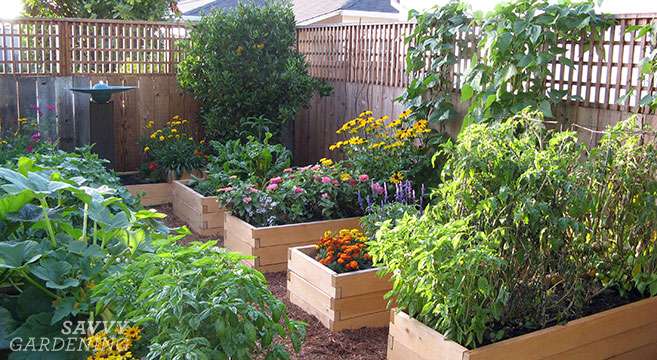
Aesthetic Appeal
Raised beds not only offer practical benefits but also enhance the overall design and appearance of your garden. They can add a touch of elegance and structure to your outdoor space.
Enhanced Garden Design
The defined edges and structured nature of raised beds can create a visually pleasing garden design. The neat and organized appearance of the beds provides a sense of order and symmetry, making your garden look more put together and inviting. Raised beds can be made using various materials, such as wood, stone, or metal, allowing you to choose a design that complements your existing landscape or matches your personal style.
Neat and Tidy Appearance
Traditional garden beds can often become messy and disorganized, with soil spilling onto paths or plants sprawling out of bounds. Raised beds help contain the soil and keep your garden looking tidy and well-maintained. The contained growing space also makes it easier to control the growth of your plants, preventing them from encroaching on each other or becoming unruly. With raised beds, you can have a beautifully manicured garden that is a joy to behold.
Sustainability Benefits
In addition to their practical and aesthetic advantages, raised beds also offer sustainability benefits that align with environmentally friendly gardening practices.
Efficient Water Usage
Raised beds can help conserve water and promote efficient usage. The improved drainage in raised beds prevents water from pooling and encourages it to be absorbed by the soil where plants need it most. This minimizes water waste and promotes sustainable gardening practices. Additionally, the defined boundaries of raised beds allow you to apply water more precisely to your plants, avoiding unnecessary watering of surrounding areas.
Reduced Soil Contamination
Raised beds can minimize the risk of soil contamination compared to traditional garden beds. By using fresh soil or carefully selected compost in your raised beds, you can avoid potential contaminants or pollutants that may be present in the surrounding soil. This is particularly important if you live in an urban area where soil contamination may be a concern. With raised beds, you can create a clean and healthy growing environment for your plants.
Less Use of Chemicals
Organic gardening practices often prioritize reducing chemical inputs and promoting natural solutions for pest and disease control. Raised beds can help support these practices by providing a controlled environment for your plants. The improved soil quality and drainage in raised beds can reduce the need for synthetic fertilizers or pesticides. By creating a healthy and balanced ecosystem within your raised beds, you can encourage natural pest control and minimize the use of harmful chemicals in your garden.
Challenges and Considerations
While raised beds offer numerous benefits for plant growth, there are also some challenges and considerations to keep in mind.
Higher Initial Cost
The upfront cost of building raised beds can be higher than traditional gardening methods. Depending on the materials used, the size of the beds, and any additional features incorporated, the cost can vary significantly. However, it’s important to view this as an investment in the long-term productivity and enjoyment of your garden. With proper maintenance and care, raised beds can provide many years of productive gardening.
Potential Soil Compaction
Although raised beds promote loose and aerated soil, over time, repeated foot traffic or improper maintenance can lead to soil compaction. Compacted soil can restrict root growth and impact plant health. Regular cultivation, adding organic matter, and avoiding excessive foot traffic can help prevent soil compaction in raised beds. By maintaining the loose and friable nature of the soil, you ensure optimal conditions for your plants’ growth.
Limited Root Space for Deep-rooted Crops
While raised beds are suitable for most plants, deep-rooted crops may face space limitations. Some plants, such as carrots, parsnips, or potatoes, require more vertical space for their roots to spread and grow. In raised beds, this can be a consideration, as the confined space may restrict the development of these crops. However, there are creative solutions available, such as using taller or deeper raised beds or utilizing containers specifically designed for deep-rooted plants.
Suitability for Different Plants
Raised beds are ideal for various types of plants, but their suitability may vary depending on the plant’s root structure and growth requirements.
Ideal for Shallow-rooted Plants
Shallow-rooted plants, such as lettuce, herbs, strawberries, or annual flowers, thrive in the loose and fertile soil of raised beds. The combination of improved drainage, loose soil, and optimal nutrient availability in raised beds creates an ideal environment for these plants to flourish. Raised beds can help maximize their growth potential, resulting in healthier and more productive plants.
Adaptations for Deep-rooted Plants
Deep-rooted plants, such as tomatoes, peppers, squash, or fruit trees, may require modifications to make them suitable for raised beds. Additional depth or width may be needed to accommodate the extensive root systems of these plants. Deep-rooted crops can be grown successfully in raised beds by using taller or deeper bed frames or by creating mounded beds to provide the necessary space for root development.
Climatic Considerations
The climate you garden in can also influence the effectiveness and suitability of raised beds. Different climates may present unique challenges and considerations for raised bed gardening.
Raised Beds in Cold Climates
In colder climates, raised beds with their improved drainage can help prevent soil waterlogging, which can lead to freezing and damage to plant roots. The raised structure also allows for better air circulation, reducing the risk of frost damage that can occur in low-lying areas. The benefits of raised beds in cold climates can be further enhanced by incorporating season-extending techniques, such as row covers or cold frames, to provide additional protection for your plants.
Raised Beds in Hot Climates
In hot climates, raised beds can help mitigate the challenges of excessive heat and provide a more controlled environment for your plants. The elevated design of the beds allows for better air circulation around the plant roots, preventing heat buildup and reducing stress on the plants. Additionally, the improved drainage in raised beds helps prevent waterlogging, which can contribute to root rot in hot and humid conditions. By creating a microclimate within raised beds, you can effectively manage the challenges of gardening in hot climates.
Maintenance and Upkeep
As with any gardening method, raised beds require regular maintenance and upkeep to ensure optimal plant growth and productivity. Here are some key considerations for maintaining your raised beds.
Regular Watering and Irrigation
While raised beds offer improved drainage, it’s essential to monitor soil moisture levels and water your plants accordingly. Depending on the climate and specific requirements of your crops, you may need to water your raised beds more frequently or less often. The use of drip irrigation or soaker hoses can help provide targeted watering and minimize water waste. Regular monitoring and adjustment of irrigation practices will help ensure your plants receive the right amount of water for healthy growth.
Weeding and Pest Control
Although raised beds help reduce weed growth, some weeds may still find their way into your garden. Regular weeding is necessary to prevent weeds from competing with your plants for nutrients and water. Additionally, it’s important to stay vigilant for the presence of pests and take appropriate measures to control them. This may include physical barriers, such as row covers or netting, or using organic pest control methods to minimize the use of chemicals.
Soil Maintenance and Amending
Over time, the soil in raised beds may require amending to replenish nutrients and maintain its fertility. Adding organic matter, such as compost, worm castings, or well-rotted manure, can help improve soil structure and provide essential nutrients for your plants. Regular soil testing can also help identify any nutrient deficiencies or imbalances, allowing you to make targeted amendments. By prioritizing soil health and maintenance, you ensure the long-term productivity and success of your raised beds.
Conclusion
Are raised beds beneficial for plant growth? The answer is a resounding yes. Raised beds offer numerous advantages for plant growth, including improved soil quality, enhanced plant growth, pest control, and extended growing seasons. Additionally, raised beds provide better accessibility, versatility in design, and sustainability benefits. While there are considerations such as higher initial cost and limited root space for deep-rooted crops, the benefits outweigh the challenges. Overall, raised beds offer a practical and attractive solution for gardening enthusiasts, providing a wealth of benefits and enhancing the joy of growing your own plants. Whether you are a novice gardener or experienced horticulturist, consider incorporating raised beds into your garden for a more fruitful and enjoyable gardening experience.

